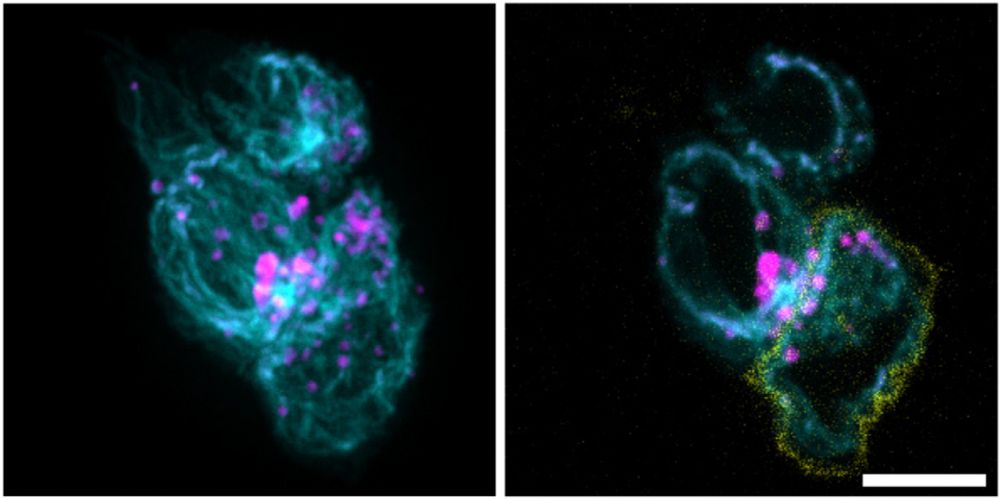Miguel Ramirez-Otero
@mckrzo.bsky.social
330 followers
410 following
15 posts
Postdoc in M. Pagano Lab at NYU | PhD with V. Costanzo at IFOM/SEMM/UniMi | DNA replication stress & DNA repair aficionado
Posts
Media
Videos
Starter Packs
Pinned
Miguel Ramirez-Otero
@mckrzo.bsky.social
· Nov 18

RAD51 protects abasic sites to prevent replication fork breakage
Hanthi et al. found that RAD51 recognizes and binds to abasic sites. Together with
BRCA2, RAD51 prevents the accumulation of abasic site-induced replicative DNA gaps
(caused by DNA methylation, oxidat...
www.cell.com
Reposted by Miguel Ramirez-Otero
Reposted by Miguel Ramirez-Otero
Reposted by Miguel Ramirez-Otero
Reposted by Miguel Ramirez-Otero
Reposted by Miguel Ramirez-Otero
Reposted by Miguel Ramirez-Otero
Reposted by Miguel Ramirez-Otero
Reposted by Miguel Ramirez-Otero
Uli Rass
@u-rass.bsky.social
· Sep 3

DNA2 enables growth by restricting recombination-restarted replication - Nature
DNA2 suppresses recombination-restarted replication and checkpoint activation at stalled forks, and its loss triggers recombination-dependent synthesis, checkpoint signalling and cell-cycle exit, high...
www.nature.com
Reposted by Miguel Ramirez-Otero
Dan Grabarczyk
@dangrabarczyk.bsky.social
· Aug 27

A split-site E3 ligase mechanism enables ZNFX1 to ubiquitinate and cluster single-stranded RNA into ubiquitin-coated nucleoprotein particles
Grabarczyk et al. show the structure and mechanism of a non-canonical ubiquitin ligase,
which is activated through nucleic-acid-induced oligomerization and is critical for
cell survival during immune ...
www.cell.com
Reposted by Miguel Ramirez-Otero
Reposted by Miguel Ramirez-Otero
Reposted by Miguel Ramirez-Otero
Reposted by Miguel Ramirez-Otero
Reposted by Miguel Ramirez-Otero
Sven Lange
@sven-m-lange.bsky.social
· Aug 20
Reposted by Miguel Ramirez-Otero
Thomas Arnesen
@natmachinery.bsky.social
· Aug 20

Nitric oxide promotes cysteine N-degron proteolysis through control of oxygen availability | PNAS
Selected proteins containing an N-terminal cysteine (Nt-Cys) are subjected to rapid,
O2-dependent proteolysis via the Cys/Arg-branch of the N-degro...
www.pnas.org
Reposted by Miguel Ramirez-Otero
Reposted by Miguel Ramirez-Otero
Sarah Moser
@sarahmoser.bsky.social
· Aug 13

NASP modulates histone turnover to drive PARP inhibitor resistance - Nature
PARP inhibitor treatment triggers histone release from the chromatin in cancer cells; consequently, targeting the histone chaperone NASP renders cells vulnerable to PARP inhibition.
www.nature.com
Reposted by Miguel Ramirez-Otero



















